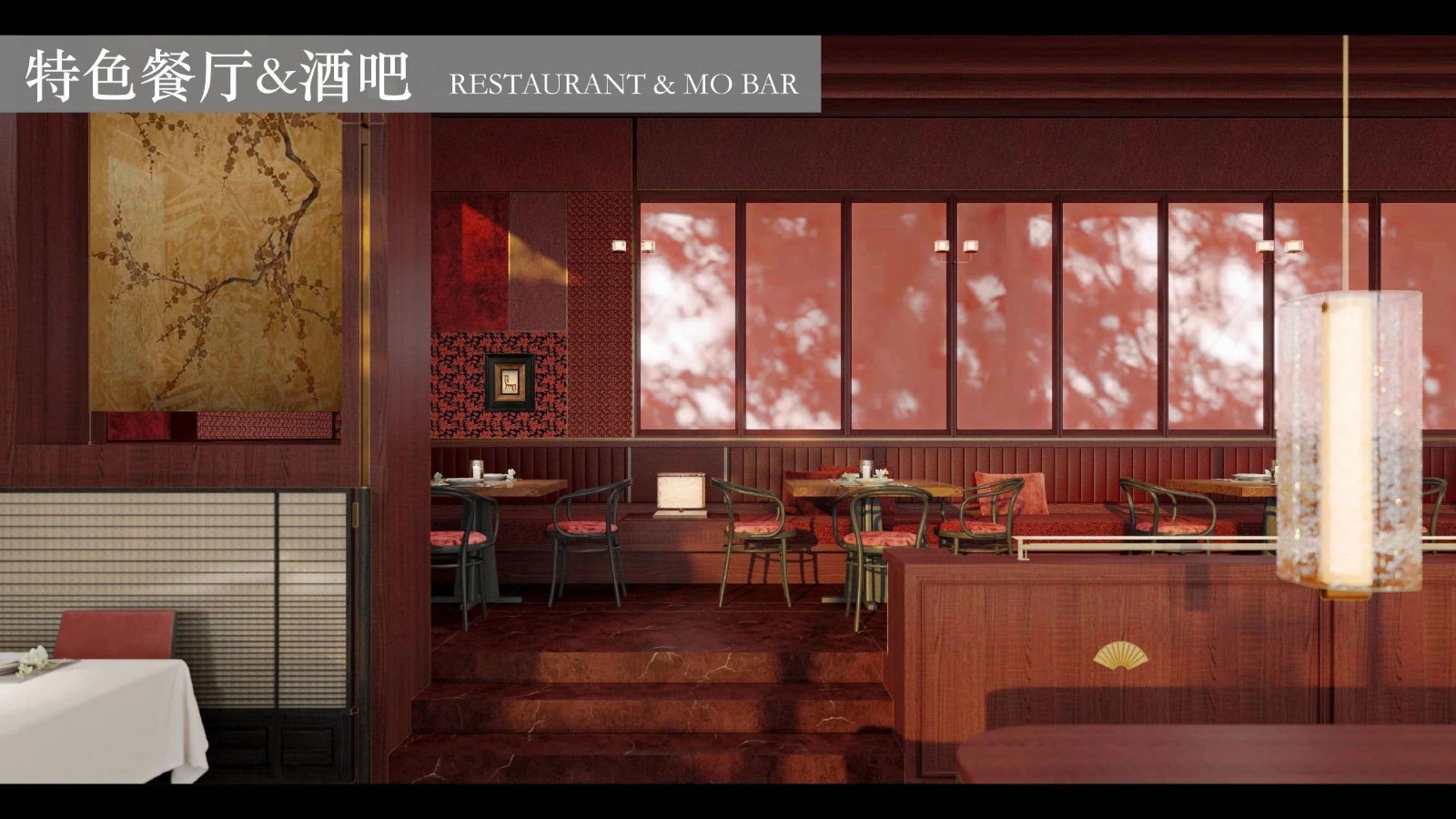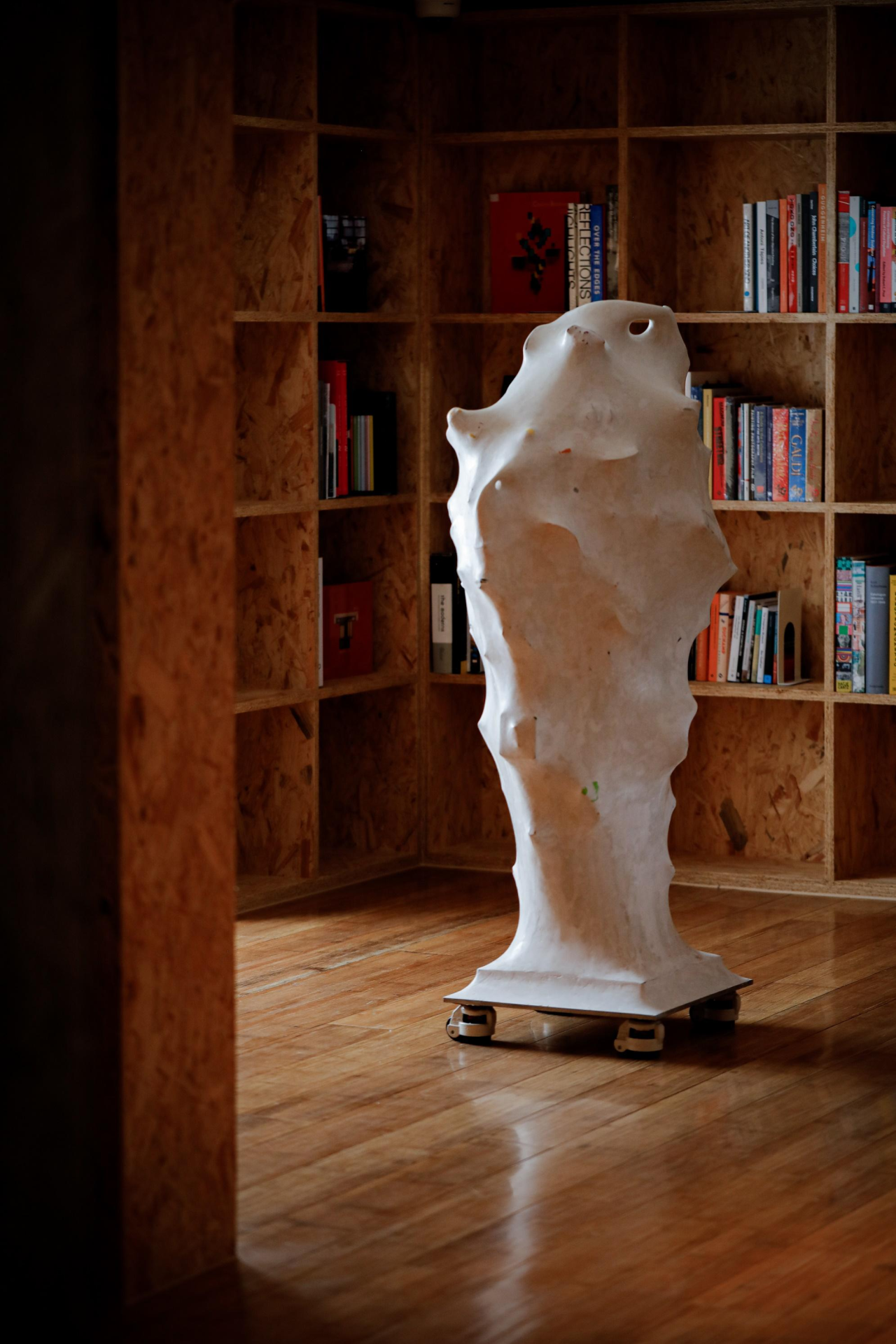PN House in Mexico City – an Ever-Present Sense of Indoor-Outdoor Living
2016-10-18 20:16
Architect Yuri Zagorin Alazraki, founder of the Mexico City firm ZD A, has designed PN House, a beautiful retreat home in Mexico City’s Lomas de Chapultepec neighborhood.
建筑师尤里·扎戈林·阿拉茨基是墨西哥城ZD A公司的创始人,他设计了PNHouse,这是墨西哥城LomsdeChapultepec社区的一个美丽的休养之家。
Location This is a lot between party walls located in Lomas de Chapultepec in Mexico City. It is a virtually flat and regular site (13 of frontage x 25 of depth). The only view corresponds to the front facade (west orientation) into a wooded glen, as there are taller buildings on the three boundaries. North south orientation on the short or cross axis. The dimensions of the site (about 310 meters) are not typical of this area because it mostly consists of larger lots (1000 square meters).
位置:这是位于墨西哥城洛马斯-德查普尔特佩克(LomsdeChapultepec)的党墙之间。它几乎是一个平面和规则的地点(13的正面x25的深度)。唯一的景观与正面(西面)形成一个树木茂密的峡谷相对应,因为在这三个边界上有更高的建筑。南北方向在短轴或交叉轴上。场地的面积(约310米)不典型,因为它主要由较大的地段(1000平方米)组成。
Composition Scheme The construction respects the setback dictated by building regulations (5 meters setback on the front) and approaches the southern boundary for maximum sun exposure during the day. The design scheme raises two primary actions: intervening the topography, to generate a new “tabula rasa” where besides serving as a base it is also inhabited inside. On this new modified territory, two boxes or volumes are stacked where the negative space becomes as important as the positive space. Creating spaces like the living room on the ground floor and the gym in the first floor, through a bridge and rooftop terraces.
构筑物方案建筑尊重建筑规则规定的挫折(前面5米的挫折),并接近南部边界,以便白天最大限度地曝晒太阳。该设计方案提出了两个主要的行动:干预地形,产生一个新的“表格rasa”,在那里,除了作为一个基地,它也居住在里面。在这个新的修改的领域,两个盒子或卷被堆放在那里负空间变得和正空间一样重要。在一楼的起居室和一楼的健身房,通过一座桥和屋顶露台创造空间。
In turn the interior spaces are also determined by programmed volumes (storage, work, etc). This system of organization responds to an analysis of the program where the functions are grouped by level, with the public area on the ground floor (living room, dining, service) the family area on the first level (living room, bedroom, gym, garden) and on the top floor the more private area (master bedroom, living room, terrace, dressing room and bathroom)
反过来,室内空间也由程序容量(存储、工作等)决定。本组织系统是对功能按层次分组的程序的分析,其中公共区域位于底层(客厅、餐厅、服务),家庭区域位于第一层(客厅、卧室、健身房、花园),顶层则是比较私密的区域(主卧室、客厅、露台、更衣室和浴室)。
The street facade respects the required setback, and also sets a dialogue with the typology of the neighborhood, which in order to work with an upward slope, often presents a masonry wall (volcanic rock) and vegetation on top. Thus continuity is achieved in the urban fringe. One element of design that was used is to achieve the depth of the site can be understood from different perspectives, both long and short-sense. This allows for a large spatial extent (both inside and outside).
街道正面尊重所需的挫折,并与邻里的类型进行对话,为了与向上的斜坡一起工作,往往在顶部出现砖石墙(火山岩)和植被。从而实现了城市边缘的连续性。设计的一个要素是实现网站的深度,可以从不同的角度来理解,无论是长期的还是短期的。这允许很大的空间范围(内部和外部)。
Materiality – Concrete To achieve the desired finish, to translate the natural features of the environment, we chose a brutalist concrete. To this end, we used formwork based on reused poles horizontally modulated every eight inches. This texture is very attractive when it is bathed in natural light during the day and artificial light at night, which includes flush lights on the lower floor. Another purpose of this finish is to get the first level to transmit its own topographical nature, as if it were pre-existent and emanated naturally from the ground.
物质性-混凝土要达到预期的效果,要翻译自然的环境特征,我们选择了一个野蛮的混凝土。为此,我们采用基于重复使用的杆子的模板,每8英寸水平调制一次。这种纹理是非常有吸引力的,当它是沐浴在自然光在白天和人造光在晚上,其中包括冲光在较低的地板。这个结束的另一个目的是获得第一个层次来传递它自己的地形性质,就好像它是预先存在的,并且是自然地从地面散发出来的。
Different types and uses of wood Firstly, we used American oak, inked and placed in panels hiding doors and modular boards, which in turn contrasts with a much coarser application of reused wood on the stairs, the larger interior volume than starts on the ground floor and extends to the first level. This element promotes visual communication between the two levels.
不同的木材类型和用途-首先,我们使用美国橡木,用墨水将其放入隐藏门和模组板的面板中,这与楼梯上使用的再用木材形成了鲜明对比,室内体积比一楼开始的要大,并延伸到第一层。这个元素促进了两个层次之间的视觉交流。
Epoxy resin This finish was chosen so that there was a clean and smooth relationship between different environments, and to simultaneously highlight the coarsest textures of concrete and wood. Epoxy resin is used on all floors of the house, except in the living room and gym, which by their nature and location suggested a different application. Thus, in the first case we resorted to a dark marble (ebony) and in the second, ash staves.
选择环氧树脂,使不同的环境之间有一个干净而平滑的关系,同时突出最粗糙的混凝土和木材的纹理。除起居室和健身房外,所有楼层都使用环氧树脂,这两种材料的性质和位置表明它们有着不同的用途。因此,在第一种情况下,我们求助于黑色大理石(乌木),在第二种情况下,我们诉诸于灰烬。
Doors Anodized aluminum is used for doors in black and in some cases, steel profiles with the same finish. The purpose was to ensure that the doors are naturally incorporated with the outside, for which we also designed them to be fully folded, so that the boundaries between interior and exterior are diluted. This item, along with the large windows allow unobstructed natural light, and a play of reflections that enrich the composition.
门阳极化铝是用于门的黑色,在某些情况下,钢型材与相同的光洁度。其目的是确保门与外部自然结合,为此我们也设计了完全折叠的门,以使内部和外部之间的边界被稀释。这个项目,连同大窗户允许通畅的自然光,并发挥反射丰富的构图。
Landscape Architecture Designed to dissolve the boundaries of the site and to provide greater depth and breadth, the landscape is present at all levels -Gardens, terraces, green roofs and planters. Thus any sense of confinement is avoided and instead, we promote a continuous communion with green areas. Another purpose of gardening was to integrate the building with the natural environment and act as if it was already part of it and did not look artificial or “manufactured”. For a more efficient and self-sustaining maintenance, endemic species were chosen and a controlled, low consumption irrigation system was installed. Finally, the landscape design is incorporated with green areas, trees and gullies of the front.
景观设计旨在消除场地的边界,并提供更大的深度和广度,景观出现在各个层次-花园,梯田,绿色屋顶和种植园。因此,我们避免了任何禁闭感,相反,我们促进了与绿色区域的持续交流。园艺的另一个目的是将建筑物与自然环境结合起来,就好像它已经是建筑的一部分,而不是人造的或“人造的”。为了更有效和自我维持,我们选择了特有的物种,并安装了一个控制的、低消耗的灌溉系统。最后,景观设计结合绿地,树木和沟壑的正面。
Structure The first action or level is structured through exposed concrete walls that simultaneously address the materiality of the earth, the intermediate box is made of concrete walls, and the second box is a space frame or Vierendel truss that achieves large spans.
结构第一个作用或水平是通过暴露的混凝土墙同时解决地球的重要性,中间箱是由混凝土墙,第二个盒子是一个空间框架或Vierendel桁架达到大跨度。
Light The verticality of the project coupled with a pre-existing lateral building forced us to think of different mechanisms for the light to filter into the first level, this was achieved through skylights and small windows. The solar incidence on the third level (south facing – east to west) forced us to think of a lattice to offer the desired protection without compromising the views. Large windows allow reflections to be very important in the design as well.
灯光项目的垂直性,再加上先前存在的横向建筑,迫使我们想出不同的机制,让光线进入第一层,这是通过天窗和小窗户实现的。太阳在第三层的入射(从南向东到西)迫使我们想出一个格子来提供所需的保护,而不损害观点。大窗口允许反射在设计中也是非常重要的。
Space Although the various spaces are rarely contained by a door, spatial clarity is achieved by dividing elements or level changes, while achieving integration between the interior and exterior and a spatial fluidity.
空间虽然不同的空间很少被一扇门所包含,但空间的清晰度是通过划分元素或水平变化来实现的,同时实现了内部和外部的整合以及空间的流动性。
Architects: ZD A / Yuri Zagorin Alazraki Project: PN House Location: Mexico City, Mexico Project Area: 472 sqm Photography: Yoshihiro Koitani, Rafael Gamo
建筑师:ZD A/Yuri Zagorin ALazraki项目:PN House位置:墨西哥城,墨西哥项目区:472平方米摄影:Koitani Yoshihiro Koitani,Rafael Gamo
Thank you for reading this article!
 举报
举报
别默默的看了,快登录帮我评论一下吧!:)
注册
登录
更多评论
相关文章
-

描边风设计中,最容易犯的8种问题分析
2018年走过了四分之一,LOGO设计趋势也清晰了LOGO设计
-

描边风设计中,最容易犯的8种问题分析
2018年走过了四分之一,LOGO设计趋势也清晰了LOGO设计
-

描边风设计中,最容易犯的8种问题分析
2018年走过了四分之一,LOGO设计趋势也清晰了LOGO设计

























































































